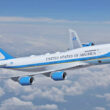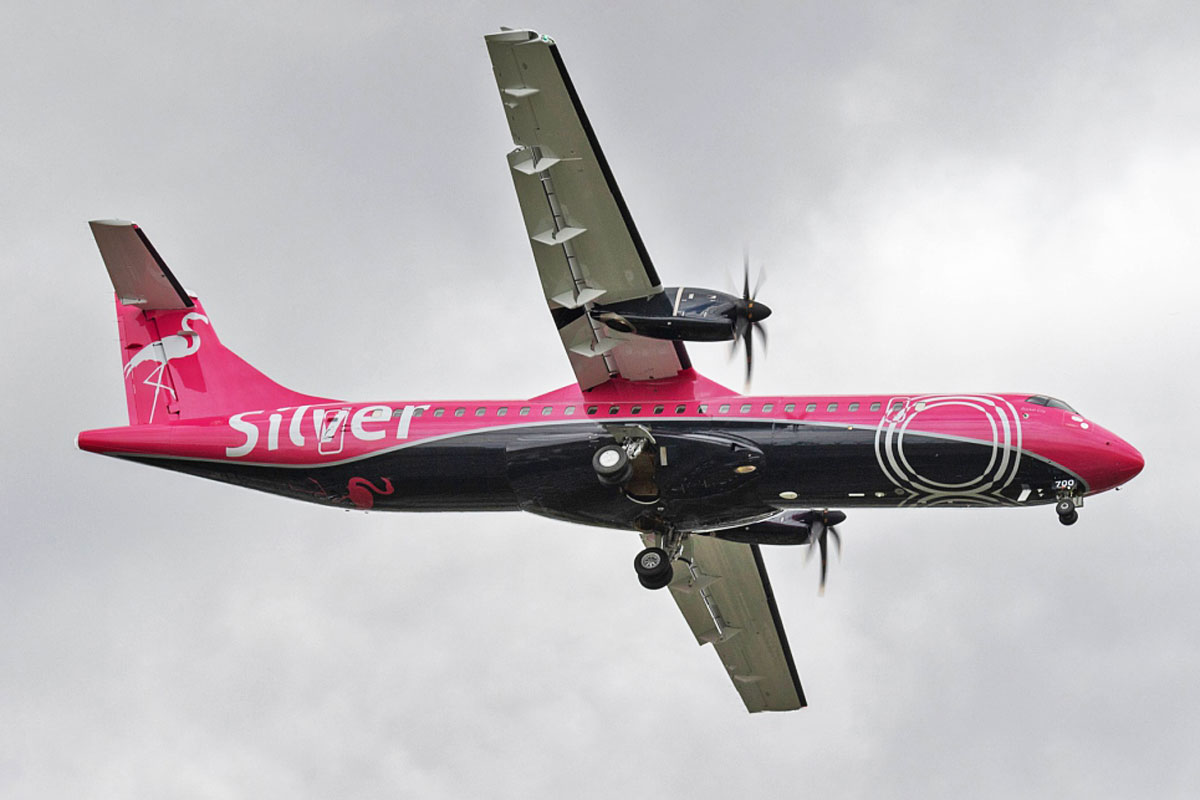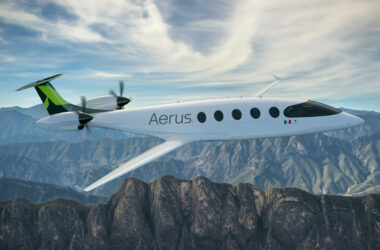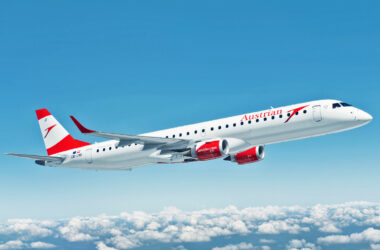Boom Supersonic, company that aims to relaunch commercial supersonic flights in air travel, announced the completion of the “Overture Superfactory”, a huge building with 179,000 square feet of space where Overture jets will be assembled.
The supersonic aircraft factory is located at Piedmont Triad International Airport in Greensboro, North Carolina, and will be capable of assembling 33 aircraft per year, Boom explained.
The plan, however, is to have a second similar assembly line that will allow capacity to double, but the company is not saying when this might occur.
Follow Air Data News: WhatsApp | Google News | Instagram | LinkedIn | Twitter | Facebook
For now, the startup founded by Blake Scholl has more urgent and complex tasks to overcome the challenge of putting an aircraft on the market capable of flying twice as fast as current jets.

The future factory will receive equipment and tools that will shape the Overture, the four-engine jet capable of carrying up to 80 passengers on board.
The first job will be to develop manufacturing processes, optimize assembly line flow and prepare the team for production through an advanced test cell unit.
“Construction of the Overture Superfactory represents a major milestone toward ensuring the United States’ continued leadership in aerospace manufacturing,” said Scholl. “Supersonic flight will transform air travel, and Overture provides a much-needed innovative alternative for airlines across the globe.”

Many uncertainties along the way
Despite Boom’s heightened optimism, the supersonic passenger aircraft program is moving at a slow pace.
The company built a validation aircraft, the XB-1, which is being tested in Mojave and completed its first flight just months ago.
But the XB-1 no longer shares the same configuration as the Overture, as Boom changed the design significantly years ago.

Instead of a three-engine, the supersonic jet will have a four-engine design and a narrow fuselage, changes not incorporated by the experimental plane.
Boom Supersonic claims to have 130 orders and pre-orders from American Airlines, United Airlines and Japan Airlines, but there are several uncertainties in the project such as the development schedule for the Symphony engine, created especially for the Overture.
Without a proven solution to reduce sonic boom, the Boom jet will not be able to fly over populated areas in the United States, limiting supersonic flight over the sea, as occurred with the Concorde.

The aircraft will be able to use 100% Sustainable Aviation Fuel (SAF), however, it is known that the alternative is just a palliative compared to carbon reduction targets for the coming decades.
If it manages to move forward with the project, the US company can take advantage of a niche that currently has no competitors and offer an aircraft that will certainly arouse the interest of high-income customers, who are bored with spending too many hours in flight.






